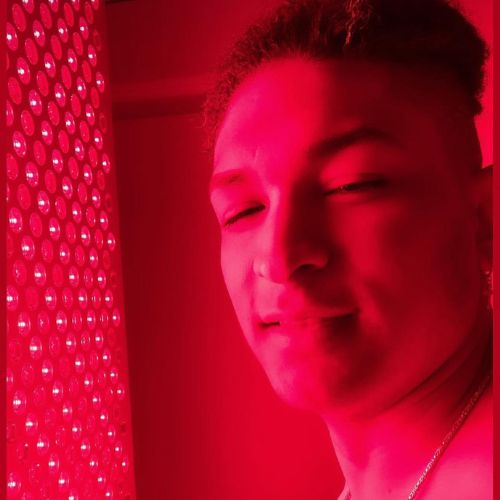
Red Light Therapy For Hair Loss
Hair loss is a condition that plagues millions worldwide, cutting across gender and age. The quest for an effective solution has led many to explore various treatments, from traditional medications and topical solutions to surgical interventions. Among these, Red Light Therapy (RLT) has emerged as a promising non-invasive alternative.
This only shows how red light therapy can be used as therapy for hair growth and, grounded in science, offers a beacon of hope for those struggling with hair loss, providing a way to see how red light therapy devices not only potentially halt the progression of hair thinning but also stimulate the regrowth of hair.
In this comprehensive guide, we'll delve deep into Red Light Therapy for Hair Loss, exploring how it works, its benefits, how to properly use it, and what scientific research says about its efficacy as human scalp therapy for hair growth.
Our goal is to arm you with knowledge, enabling you to make an informed decision about whether RLT could be the solution for human scalp hair that you've been searching for.
Understanding Hair Loss
Hair loss, medically known as alopecia, can be a distressing condition that affects not just the transplant of your own human scalp hair but also your overall self-esteem. It can manifest in various forms, each with its own set of causes light treatment, and characteristics:
Androgenetic Alopecia:
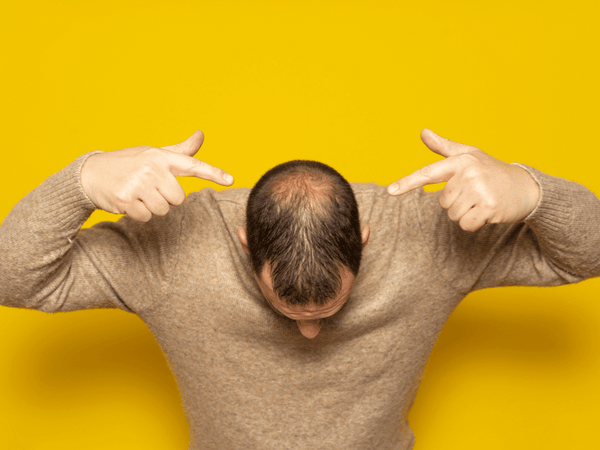
Commonly known as male or female pattern baldness, this type is primarily genetic and is characterized by a receding hairline and thinning hair on the crown of the head.
Telogen Effluvium:
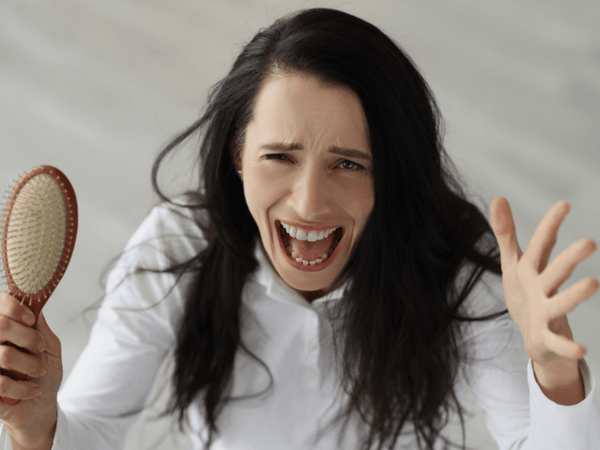
This temporary form of hair loss occurs due to stress, illness, or hormonal changes, leading to widespread thinning across the scalp.
Alopecia Areata:
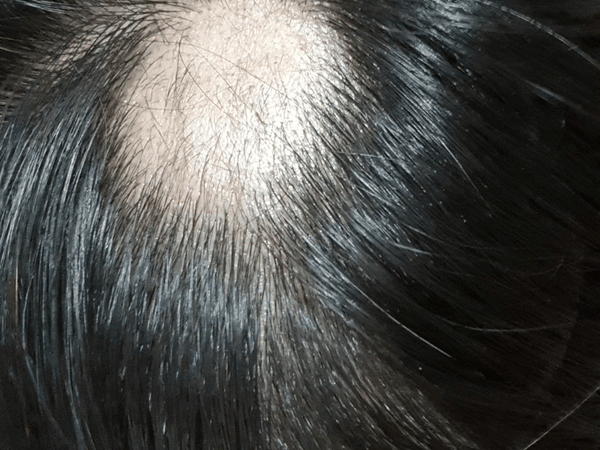
an autoimmune condition that causes patchy hair loss by attacking hair follicles with the immune system.
The causes of female-patterned hair loss can be multifaceted, ranging from genetic predisposition and hormonal imbalances to environmental factors and lifestyle choices. Understanding the underlying cause of female pattern hair loss is crucial in determining the most effective treatment approach.
The impact of hair loss goes beyond the physical. It can lead to diminished self-confidence and, in some cases, social anxiety and depression. Therefore, seeking a solution to hair loss is not just about restoring hair but also about reclaiming one's sense of self.
What is red light therapy?
Red Light Therapy (RLT), also known as Low-Level Laser Therapy (LLLT), is a laser therapy, a non-invasive treatment for skin cancer that uses low-level, red light treatments as therapy to stimulate cellular activity. Unlike more intense laser therapies, RLT does not cause damage to the skin's surface. Instead, it penetrates the deeper layers of the skin to enhance cellular function and promote the healing process.
How does it work?
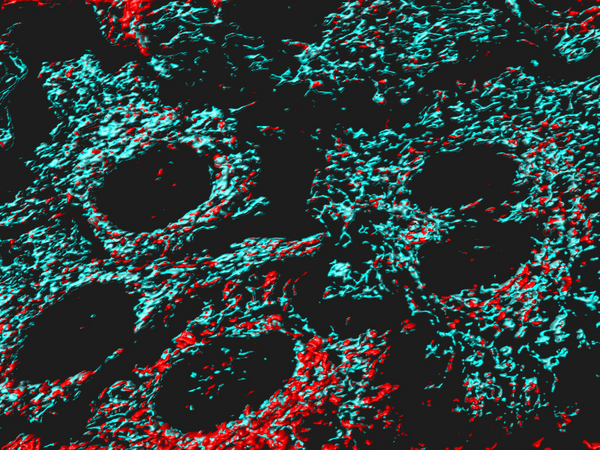
At the heart of RLT's effectiveness is its ability to stimulate the mitochondria, the powerhouse of the cell. By enhancing mitochondrial function, RLT increases the production of adenosine triphosphate (ATP), the energy currency of the cell. This boost in cellular energy leads to various beneficial effects, including:
-
Increased Blood Flow: Improved circulation brings more oxygen and nutrients to the hair follicles, fostering a healthier environment for hair growth.
-
Reduced Inflammation: By decreasing inflammation, RLT can create a more conducive environment for hair regeneration.
-
Stimulation of Hair Follicles: RLT can reinvigorate dormant hair follicles, encouraging them to shift from the resting phase (telogen) to the growth phase (anagen).
The Science Behind RLT

The therapeutic effects of RLT are attributed to its specific wavelength range, typically between 630 to 670 nanometers. This range is believed to be optimal for penetrating the skin and reaching the hair follicles without causing harm.
RLT's growing popularity over the past decade in treating hair loss is backed by a growing body of scientific research. Studies have shown that RLT can increase hair count and hair density and promote new hair growth too, making it a compelling option for those seeking a non-invasive solution to hair loss.
When visible red light laser therapy is applied to the scalp (at the ideal duration, intensity and wavelength), the body can harness the light and turn it into cellular energy. This stimulates the body's natural healing process and potentially promotes hair regrowth.
Benefits of Red Light Therapy for Hair Loss
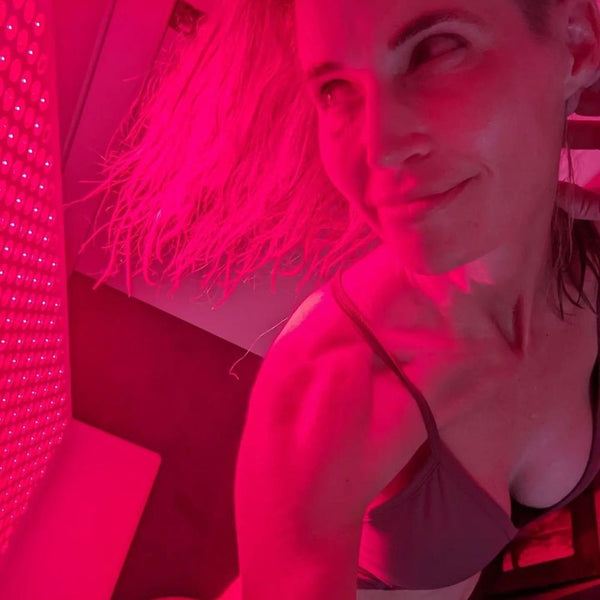
Red Light Therapy (RLT), or the light therapy treatment, offers a range of benefits for individuals experiencing hair loss. Here are some of the key advantages:
-
Stimulation of Hair Growth:
-
One of the most significant benefits of RLT is its ability to stimulate the hair follicles, promoting growth and increasing hair density.
-
Enhanced Scalp Health: RLT improves blood circulation to the scalp, delivering essential nutrients and oxygen that support healthy hair growth.
-
Reduced Hair Fall: By strengthening the hair follicles, RLT can help reduce hair fall, leading to fuller, thicker hair.
-
Non-Invasive Treatment: Unlike surgical options, RLT is a non-invasive, pain-free treatment with no downtime, making it a convenient option for many.
-
Safe for All Hair Types: RLT is suitable for all hair types and colors, offering a universal solution for hair loss.
How Does RLT Compare to Other Hair Loss Treatments?
-
Medications: Unlike medications like minoxidil or finasteride, RLT does not have systemic side effects and is not associated with issues like scalp irritation or sexual dysfunction.
-
Hair Transplants: RLT is a non-surgical alternative to hair transplants, offering a less invasive option without the need for recovery time.
-
Topical Treatments: RLT provides a more holistic approach compared to topical treatments, addressing the underlying issues of hair loss rather than just the symptoms.
The Bottom Line on Benefits
RLT's combination of safety, convenience, and effectiveness makes it an appealing choice for those seeking to address hair loss. Its ability to not only prevent further, hair growth and loss but also promote new, hair growth cycle and hair cycle itself, is what sets it apart from other treatments.
How to Use Red Light Therapy for Hair Loss
Using Red Light Therapy (RLT) for hair loss is relatively straightforward, but it's essential to follow the recommended guidelines to achieve the best results. Here are some key steps and tips:
Choosing the Right RLT Device
-
Types of Devices: There are various RLT devices available, including handheld units, caps, and panels. Choose a device that is specifically designed for hair loss and scalp treatment.
-
FDA Approval: Look for devices that have been FDA-cleared for safety and efficacy in treating hair loss.
Preparing for Treatment
-
Clean Scalp: Make sure there are no hair products on your scalp that could prevent light from reaching your skin.
-
Dry Hair: For optimal light penetration, your hair should be dry during the treatment.
Treatment Process
-
Duration: Typical RLT sessions for hair loss last between 10 to 20 minutes.
-
Frequency: For best results, use your RLT device 3 to 4 times per week.
-
Consistency: Regular and consistent use is crucial. It may take several weeks or even months to see noticeable improvements.
Tips for Maximizing Effectiveness
-
Combine with Other Treatments: RLT can be used alongside other hair loss treatments, such as minoxidil or scalp massages, for enhanced results.
-
Monitor Progress: Keep track of your treatment sessions and take photos to monitor progress over time.
-
Follow Manufacturer Instructions: Always adhere to the guidelines provided by the manufacturer of your RLT device for safe and effective use.
Post-Treatment Care
-
Scalp Care: Continue to maintain a healthy scalp environment with gentle, nourishing hair care products.
-
Avoid Overexposure: While RLT is safe, avoid overusing the device, as excessive exposure to light can be counterproductive.
Safety and Side Effects
Red Light Therapy (RLT) is generally considered safe for most people. However, like any treatment, it's important to be aware of potential side effects and safety precautions:
Common Side Effects
-
Mild Discomfort: Some users may experience mild discomfort or warmth during or after treatment.
-
Temporary Redness: The treated area may appear red immediately following a session, but this typically subsides quickly.
Rare Side Effects
-
Overuse: Excessive use of RLT can lead to skin damage or burns, although this is rare with proper use.
-
Eye Strain: Looking directly at the red light for prolonged periods can cause eye strain or discomfort.
Safety Precautions
-
Follow Guidelines: Always adhere to the recommended duration and frequency guidelines provided by the device manufacturer.
-
Eye Protection: Use protective eyewear if your device does not have a built-in eye shield.
-
Skin Sensitivity: If you have sensitive skin or a history of photosensitivity, consult with a healthcare professional before starting RLT.
Who Should Avoid RLT?
-
Pregnant Women: There is limited research on the effects of RLT during pregnancy, so it's best to consult a doctor before use.
-
Those with Certain Medical Conditions: Individuals with conditions like photosensitivity disorders or certain types of cancer should seek medical advice before using RLT.
Conclusion on Safety
Overall, RLT is a low-risk treatment option for hair loss when used according to guidelines. It's always recommended to consult with a healthcare professional if you have any concerns or underlying health conditions.
Clinical Studies and Research
The effectiveness of Red Light Therapy (RLT) laser therapy for hair loss is backed by a growing body of clinical research. Here's a look at some key findings:
Key Studies on RLT and Hair Growth
-
Study 1: A study published in the Journal of Cosmetic and Laser Therapy found that participants who received RLT experienced a significant increase in hair density compared to those who did not.
-
Study 2: Another study in the Lasers in Medical Science journal showed that RLT treatment led to improved hair thickness and strength in individuals with androgenetic alopecia.
-
Study 3: Research published in the International Journal of Trichology concluded that RLT could be an effective treatment for promoting hair growth and reducing hair fall.
How Does RLT Compare to Other Treatments?
-
Medications: Compared to medications like minoxidil, RLT has fewer side effects and can be used as a complementary treatment.
-
Hair Transplants: While hair transplants provide immediate results, RLT is a non-invasive alternative that can enhance hair growth over time.
Limitations of Current Research
-
Sample Size: Many studies have small sample sizes, which can limit the generalizability of the results.
-
Long-term Effects: There is a need for more long-term studies to fully understand the sustainability of RLT results.
Conclusion on Research
While more research is needed, the current evidence suggests that RLT can be an effective and safe option for treating hair loss. It offers a non-invasive, pain-free alternative with promising results for those pattern hair loss or seeking to stimulate hair growth and improve their hair health.
FAQs about Red Light Therapy for Hair Loss
Here are some frequently asked questions about Red Light Therapy (RLT) for laser hair growth and loss, along with their answers:
Q1: How long does it take to see results from RLT?
A: People are using red light therapy to promote hair growth and increase hair density. While individual results may vary, most users start to see noticeable improvements within 3 to 6 months of consistent use.
Q2: Is RLT safe for all skin types?
A: Yes, RLT is generally safe for all skin types. However, individuals with certain skin conditions or sensitivities should consult a healthcare professional before use.
Q3: Can RLT reverse complete baldness?
A: RLT is most effective for those with thinning hair or early stages of hair loss. It may not be able to stimulate hair growth or reverse complete baldness.
Q4: How often should I use RLT for hair loss?
A: It's recommended to use RLT 3 to 4 times per week for about 10 to 20 minutes per session, depending on the device's instructions.
Q5: Can I use RLT in conjunction with other hair loss treatments?
A: Yes, RLT can be used alongside other treatments like minoxidil or finasteride, often enhancing overall results.
Q6: Are there any side effects of using RLT for hair loss?
A: RLT is generally well-tolerated, with minimal side effects. Some users may experience mild redness or warmth in the treated area.
Q7: Do I need a prescription to use RLT for hair loss?
A: No, you do not need a prescription to use RLT devices for hair loss. Many are available for home use and can be purchased over the counter.
Conclusion
Red Light Therapy (RLT) has emerged as a promising, non-invasive treatment option for hair loss. By stimulating hair follicles, improving hair density and promoting scalp health, RLT offers a safe and effective way to address thinning, promote more hair follicle and hair growth alone, and encourage hair growth.
While individual results may vary, consistent use of RLT, combined with patience and adherence to recommended guidelines, can lead to significant improvements in hair density and overall hair follicle and scalp health.
If you're struggling with hair loss and seeking an alternative or complementary treatment therapy for hair growth, RLT may be worth considering. As with any new treatment plan, it's best to speak with a healthcare provider if you have pattern hair loss.
Additional Resources
For those interested in learning more about how Red Light Therapy works for hair growth and to how does red light therapy and hair transplant surgery also treat hair loss too, here are some additional resources:
-
American Academy of Dermatology Association: Provides information on hair loss, its causes, and various treatment options.
-
National Institutes of Health (NIH): Offers research studies and clinical trials on the effectiveness of RLT for hair loss.
-
Hair Loss Association: A resource for understanding different types of hair loss and exploring treatment options.
By exploring these resources, you can gain a deeper understanding of hair loss and the potential benefits of the Red Light Therapy treatment in managing this condition.

